#curtain wall
Text
Curtain Wall: A Transparent Revolution in Architecture

In the dynamic realm of architecture, the curtain wall stands as a testament to the evolving nature of design and construction. This article delves into the intricacies of curtain walls, exploring their history, types, materials, advantages, challenges, and future trends.
History of Curtain Walls
Curtain walls have a rich history, finding early use in ancient structures. Over the years, they have undergone significant evolution, adapting to technological advancements and design preferences.
Types of Curtain Walls
There are various types of curtain walls, each with its unique characteristics. Stick-built curtain walls, unitized curtain walls, and spider glass curtain walls are among the popular choices in modern construction.
Materials Used in Curtain Walls
The choice of materials plays a pivotal role in the performance and aesthetics of curtain walls. Glass, aluminum, and steel are commonly used materials, each offering distinct advantages.
Advantages of Curtain Walls
Beyond their aesthetic appeal, curtain walls contribute to energy efficiency and the integration of natural light. These factors make them a preferred choice in contemporary architecture.
Challenges and Considerations
While curtain walls offer numerous benefits, challenges such as maintenance, insulation concerns, and weather resistance need careful consideration during the design and installation process.
Sustainable Curtain Walls
As the world gravitates towards sustainability, curtain walls are also adapting. Green building practices and the use of eco-friendly materials are transforming the landscape of curtain wall design.
Innovative Designs
The future of curtain walls lies in innovation. Customization trends and integration with smart technologies are shaping the way architects approach building facades.
Notable Buildings with Curtain Walls
Numerous iconic structures around the world showcase the versatility and beauty of curtain walls. Examples from different regions highlight the global impact of this architectural feature.
Installation Process
For those considering curtain walls in their projects, a step-by-step guide and professional recommendations provide insights into the meticulous installation process.
Cost Considerations
Understanding the factors influencing costs and the potential long-term savings is crucial for individuals or organizations contemplating the use of curtain walls in construction projects.
Future Trends in Curtain Wall Technology
As technology continues to advance, the curtain wall industry is not exempt. This section explores the latest technological trends and predictions for the future of curtain wall design.
Case Studies
Examining successful implementations and lessons learned from past projects provides valuable insights into the practical aspects of working with curtain walls.
Common Misconceptions
Addressing common myths and clarifying facts about curtain walls helps dispel misinformation, fostering a better understanding of this architectural element.
Conclusion
In conclusion, the curtain wall represents a transparent revolution in architecture, blending aesthetics with functionality. Understanding its history, types, materials, advantages, and challenges is essential for anyone involved in the design and construction industry.
FAQs
Are curtain walls only used for aesthetic purposes?
Curtain walls offer both aesthetic appeal and practical advantages such as energy efficiency and natural light integration.
What materials are commonly used in curtain wall construction?
Glass, aluminum, and steel are the primary materials used in curtain walls, each offering unique benefits.
How do curtain walls contribute to sustainability?
Sustainable curtain walls embrace green building practices and utilize eco-friendly materials.
What are the maintenance requirements for curtain walls?
Regular maintenance is crucial for curtain walls, addressing issues like cleaning, inspections, and repairs.
Can curtain walls be customized to suit specific design preferences?
Yes, innovative designs and customization trends allow architects to tailor curtain walls to unique project requirements.
#curtain wall#curtain walls#aluminium curtain wall#curtain manufacturers london#curtain walling london#aluminium curtain walling london#curtain wall glazing companies
2 notes
·
View notes
Text

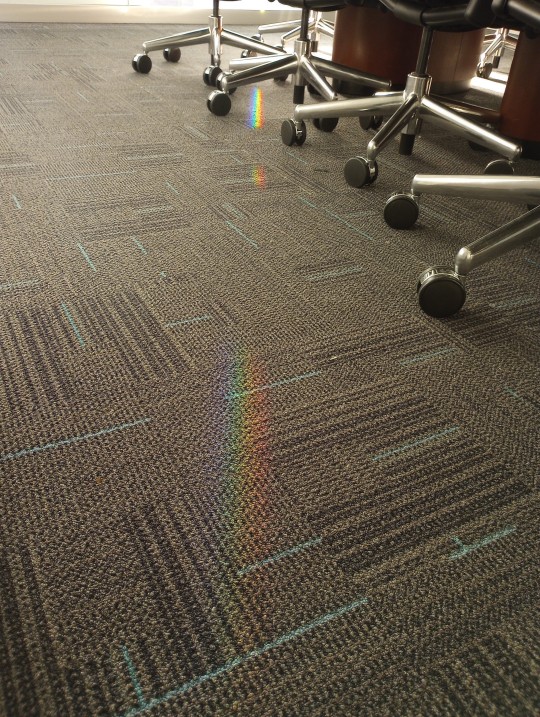
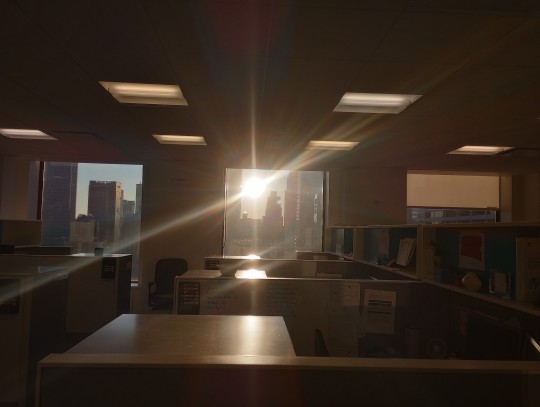

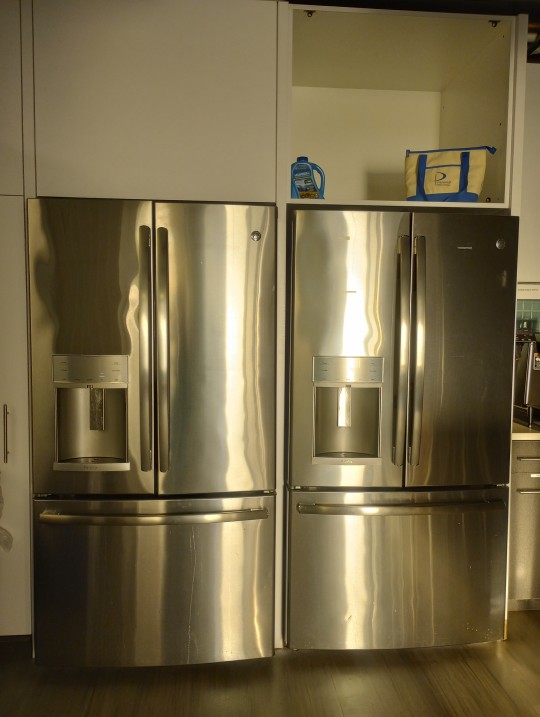
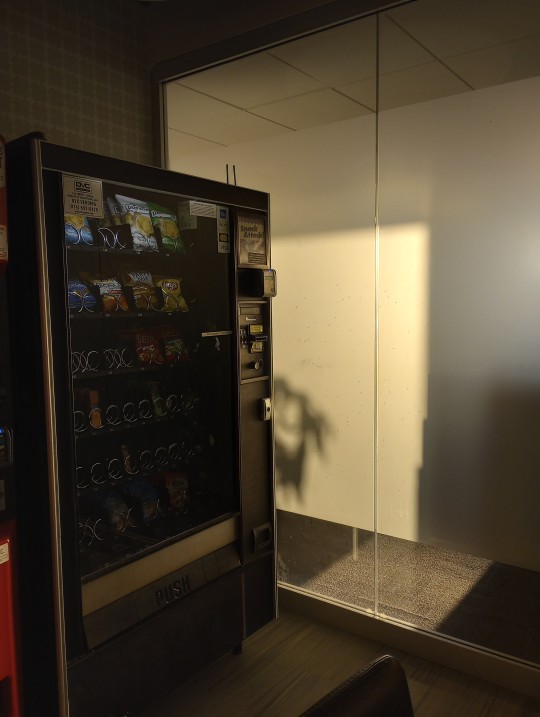
sun in the office
#please click for quality#liminal but bright#empty office#curtain wall#liminal#new york city#empty#sunny#rainbow#i love when there's no one here#quiet#hallway#windows#vending machines#breakroom
11 notes
·
View notes
Text
Self-introduction: SAFS steel structure space frame company
SAFS is a comprehensive steel structure manufacturer integrating design, manufacture and construction of space frame structures.Business scopes: designing, fabrication, installation of coal storage and related equipments for power plant, cement warehouse, stadium, exhibition hall, railway station roofing system, gas station roof cover, bulk storage,large span of workshop etc.

youtube
3 notes
·
View notes
Text
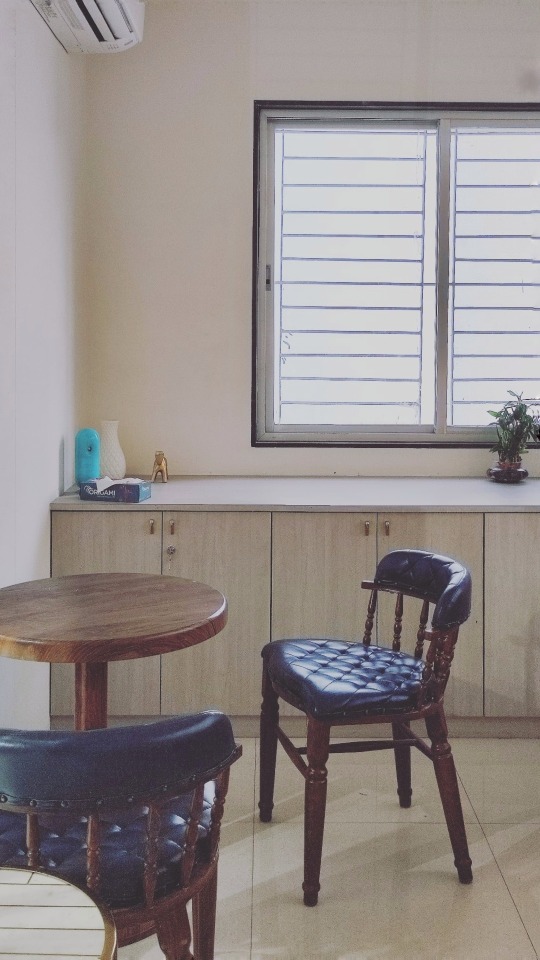

#nostalgia#indian architecture#architect#architecture#archive fashion#nature#interiors#interior#boho room#bohemien#bohemian#new contemporary#seamless#curtain wall#furniture#furnishings
2 notes
·
View notes
Text
#aluminium system#aluminium windows#aluminium windows and doors#aluminium doows#curtain wall#curtainwalls#curtain glazing#curtain wall system#glass curtain#aluminum curtain wall#sliding door#aluminium sliding door#glass patio doors#sliding glass doors#interior sliding doors#casement windows#double casement windows#aluminium casement windows#aluminum casement windows#modern casement windows
0 notes
Text
Enerfrees Tilt & Turn Windows Offer Versatility and Efficiency.
Enerfrees Window And Wall Systems' Tilt & Turn windows offer the ideal balance of design and utility. Elevate your environment with modern style and benefit from easy operation, improved security, and perfect airflow. Get the most innovative windows available today.
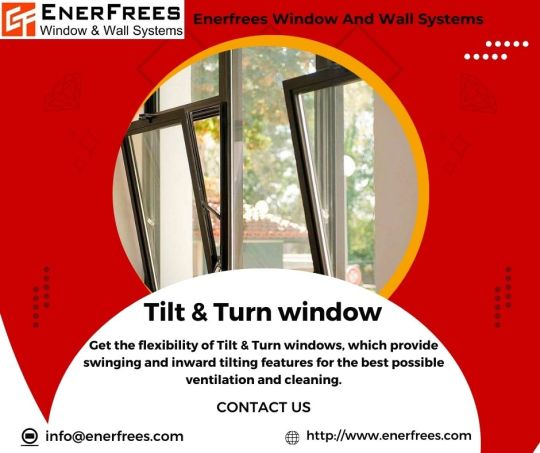
0 notes
Text
The EPD Explained
The EPD, a declaration made by a supplier that sits on a level playing field so specifiers can make decisions based on the life cycle of similar products and their impact on our planet, is particularly related to carbon emissions. Type III Environmental Product Declarations (EPDs) are produced based on EN 15804+A2 and then verified in accordance with ISO 14025 by an independent external auditor. Produced in a common format, the declarations are easier to compare across different suppliers. An EPD is valid for a five year period and is recognised across the globe.
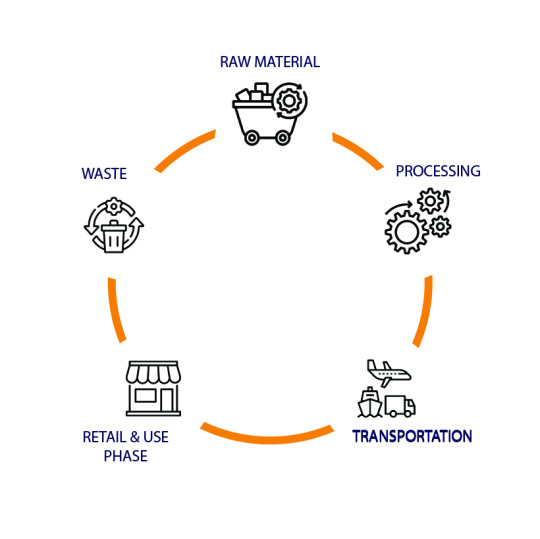
The EPD is produced from a Life Cycle Analysis (LCA) which looks at a product life cycle through five stages which are: production, construction, the use stage, end-of-life and the potential for reuse, recovery or recycling. These are defined as Product Category Rules (PCRs) are specific to each product category and are always based on the ISO 14025 standard for Type III Environmental Product Declarations (EPDs). By enabling these standard PCRs products and materials can be compared side by side. The five stages of PCRs are referred to by letter and further broken down into sub-factors, which are:
The production & construction stages (A1-A5) show the impacts of the raw material supply, transport to the production facilities, the manufacturing stage, the impacts of transport to the site and product installation.
The use stage (B1-B7) covers the environmental impact for the period that the product is in use. This includes any likely emissions in use, product maintenance, expected repair or scheduled replacement and any operational energy use and water use such as in cleaning.
The end-of-life stage (C1-C4) considers the impact of de-construction, transport to waste processing including any recovery or disposal processes.
Material reuse, recovery or recycling stage (D), sometimes referred to as ‘Module D’ offers data on the ability of the material to have a second life. Some second lives can be as a lower quality material or indeed in the case of metals, can be recycled back into the same quality material, in the case of aluminium, recycled almost indefinitely.
The availability of this data in the form of an EPD has a two-fold impact, it further focuses suppliers to continue to reduce carbon emissions as the data becomes ‘public’ about their products and, as previously stated, allows specifiers to make choices about similar manufacturers products and products made from alternative materials.

To define how the product data is collected for a specific type of product, key components of the EPD and LCA, is yet another three-letter acronym: the Product Category Rules (PCRs). These rules define how the data is collected for a specific type of product. When these parameters are followed, independent reviewers can achieve consistent results, which allows specifiers to compare different products. PCRs are developed and administered by a program operator, generally standards organisations across the globe. PCRs are required for the completion of Type III EPDs as defined by ISO 14025.
On producing an EPD the LCA of a product (or service) is reviewed by the independent assessor and a Global Warming Potential (GWP) figure is produced and entered into the declaration. It may seem obvious, given the GWP figure, the best option is just to select a product/material with the lowest result which is best for the planet. Not necessarily, as a change in material may affect both the design and impact of other materials in the construction. GWPs that are reviewed across similar materials and products from various providers would be the best approach.
In the case of facades, it is important to review the whole-building level impacts. A comparison from suppliers can made be by completing a ‘Building LCA’ which will provide the building’s life-cycle impacts cradle to grave. By comparing the products’ environmental impact for the lifetime of the building into which facades are to be installed and the conditions that the building requires, will offer the best outputs to help make an informed decision.
Whilst EPDs are valid for five years, Aluprof are continuously reviewing their LCAs and where necessary review and update their EPDs which are freely available on the company's website. Project managers are available to explain the contents of the company's EPDs and complete specification support is available direct from Aluprof UK Installation in the UK and Ireland is undertaken by national facade companies with fully trained installers. Further information on systems and their specification are available through the company’s website at aluprof.co.uk or directly from their UK head office in Altrincham or from their London office at the Building Design Centre by phoning +44 (0) 161 941 4005.
0 notes
Text
Unveiling the Excellence of Curtain Walls: Types and Advantages
Welcome to a comprehensive exploration of curtain walls, where we unravel the intricacies and unveil the sophistication behind this architectural marvel. In this discourse, we delve into the depths of what a curtain wall is, explore various types, and uncover the manifold advantages that make it an indispensable element in modern construction.
Understanding Curtain Walls
Curtain walls stand as a testament to architectural innovation, seamlessly blending aesthetics with functionality. Essentially, a curtain wall is a non-structural exterior enclosure that envelopes a building, creating a transparent barrier between the interior and the external environment. It comprises an assembly of aluminum or steel frames, with infill materials such as glass or metal panels, creating a visually stunning facade.
Types of Curtain Walls
1. Unitized Curtain Walls
This type of curtain wall is a testament to precision engineering. Unitized curtain walls are pre-assembled in factories, ensuring consistency and quality. Once ready, these units are transported to the construction site and installed, significantly reducing on-site labor and time. This type is ideal for large-scale projects where efficiency and speed are paramount.
2. Stick-Built Curtain Walls
Contrary to unitized systems, stick-built curtain walls are assembled on-site. This method offers flexibility in customization, allowing for adjustments to be made during the installation process. It's a preferred choice when intricate designs or unique architectural requirements are at play, providing architects and builders with a canvas for creativity.
3. Spandrel Curtain Walls
Spandrel curtain walls are designed not only for aesthetics but also for concealing structural components, such as columns and slabs. The result is a sleek, uniform exterior that enhances the overall appearance of the building. This type is popular in commercial constructions where a seamless, polished look is desired.
Advantages of Curtain Walls
1. Architectural Versatility
One of the primary advantages of curtain walls lies in their architectural versatility. Architects can push the boundaries of design, creating visually striking buildings that captivate onlookers. The ability to integrate various materials, including glass and metal, allows for a myriad of creative possibilities.
2. Energy Efficiency
Curtain walls contribute significantly to energy efficiency. Advanced insulation technologies incorporated into modern curtain wall systems help regulate internal temperatures, reducing the reliance on heating or cooling systems. This not only promotes sustainability but also results in long-term cost savings.
3. Natural Light Optimization
Incorporating curtain walls into a building design ensures an abundance of natural light. This not only enhances the occupant's well-being but also reduces the need for artificial lighting during daylight hours. The result is a harmonious blend of aesthetics and eco-consciousness.
4. Weather Resistance
Curtain walls act as a formidable shield against the elements. Designed to withstand wind, rain, and other environmental factors, they contribute to the longevity and durability of a building. This inherent weather resistance ensures that the structure remains pristine even in challenging conditions.
Conclusion
In conclusion, curtain walls epitomize the marriage of form and function in modern architecture. From the precision of unitized systems to the flexibility of stick-built installations, each type offers unique advantages. The architectural versatility, energy efficiency, natural light optimization, and weather resistance make curtain walls a hallmark of contemporary construction.
#Curtain walls#Curtain wall#Curtain wall Uk#Cheap curtain Walls#best curtain walls#uinited shop fronts#shop uk
0 notes
Text
Understanding Curtain Walls: Types and Advantages
Curtain walls have emerged as a significant architectural element in modern construction, offering both aesthetic appeal and functional benefits. In this article, we delve into the intricacies of curtain walls, exploring their types and the advantages they present in contemporary architectural designs.
Defining a Curtain Wall
A curtain wall is a non-structural facade system that is affixed to the exterior of a building, comprising lightweight materials such as glass, aluminum, or metal panels. Unlike traditional walls, curtain walls do not support the structural load of the building. Instead, they bear their weight and transfer any imposed loads to the building's framework.
Types of Curtain Walls
1. Stick-Built Curtain Walls
The stick-built curtain wall system involves assembling the frame on-site by installing mullions and transoms piece by piece. This method provides flexibility in design and installation, making it a popular choice for various architectural projects.
2. Unitized Curtain Walls
In unitized curtain walls, the wall units are pre-fabricated and assembled in a factory. These pre-assembled units are then transported to the construction site and installed onto the building's structure. Unitized systems offer faster installation and higher quality control.
3. Spider Glass Curtain Walls
Spider glass curtain walls employ point-supported glass fittings, creating a visually stunning facade with minimal structural support. The glass panes are connected to the structure using metal connectors, giving the appearance of a floating glass surface.
Advantages of Curtain Walls
a. Aesthetic Appeal
Curtain walls enhance the visual appeal of a building by providing a sleek and modern facade. The extensive use of glass allows for a seamless, transparent look that complements contemporary architectural designs.
b. Natural Light and Energy Efficiency
The abundance of glass in curtain walls maximizes the entry of natural light, reducing the need for artificial lighting during the day. This not only saves energy but also creates a bright and inviting interior space.
c. Thermal Insulation
Modern curtain wall systems incorporate advanced thermal breaks and insulating materials, significantly improving energy efficiency by minimizing heat transfer between the interior and exterior of the building.
d. Flexibility in Design
Curtain walls offer unparalleled design versatility, allowing architects to experiment with various configurations, colors, and materials. This flexibility ensures that the facade can be tailored to meet the specific design requirements of the project.
e. Cost-Effectiveness
While the initial investment in a curtain wall system may seem substantial, the long-term cost savings in energy and maintenance often outweigh the upfront expenses. The durability and low maintenance requirements make curtain walls a cost-effective choice in the long run.
In Conclusion
Curtain walls have evolved to be an indispensable element of modern architecture, providing a harmonious blend of form and function. Their versatility, energy efficiency, and aesthetic appeal make them a preferred choice for architects and building designers. Understanding the types and advantages of curtain walls equips stakeholders with the knowledge necessary to make informed decisions and achieve their architectural vision.
#curtain walls#curtain wall#Shop fronts#uk shop fronts#shopfronts uk#cheap shopfronts#shop front#store front#best place in uk
0 notes
Photo
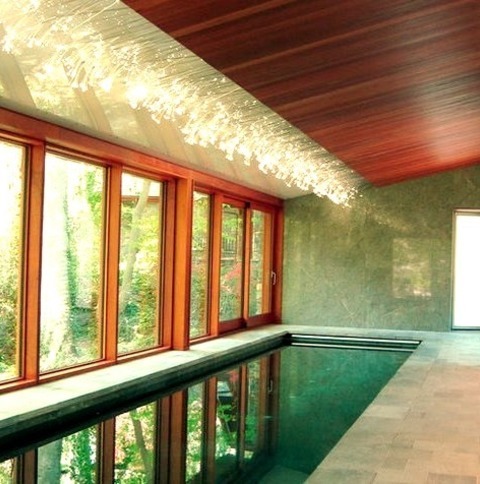
Poolhouse Philadelphia
Example of a mid-sized trendy tile and rectangular lap pool house design
0 notes
Text

#Roller shutter#Roller shutter uk#cheap Roller Shutter#United Shop fronts#Shop front#shopfronts uk#uk news#curtain walls#curtain wall#curtain manufacturers london
0 notes
Photo

Home Office in Calgary
Inspiration for a mid-sized 1960s built-in desk medium tone wood floor home office remodel with white walls
0 notes
Photo

Traditional Sunroom
Example of a medium-sized traditional sunroom with a glass ceiling and a marble floor.
1 note
·
View note
Photo

Modern Living Room
Large minimalist loft-style and formal ceramic tile living room photo with no tv, white walls, a ribbon fireplace and a stone fireplace
0 notes
Text
Uncovered Deck
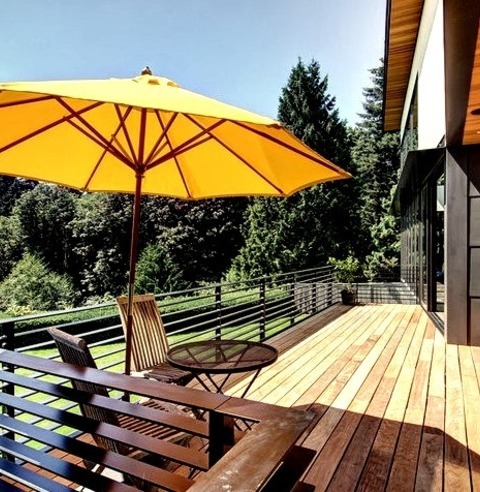
Inspiration for a large, open-air contemporary backyard deck renovation
1 note
·
View note